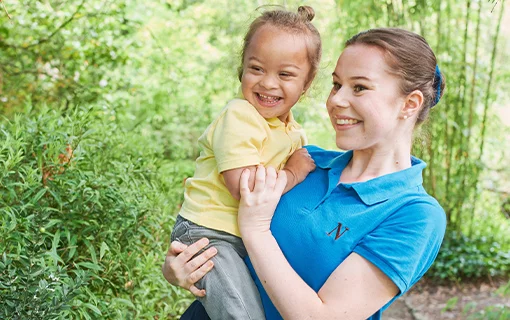Baby weaning: a scoping review of the scientific and popular literature
View research at Norland
The first 1,000 days of a child’s life is a critical period for development; these 1000 days can have repercussions that are often seen later in adulthood.
From a nutritional standpoint, the decisions made regarding complementary feeding may have a significant impact on a child that could influence and reduce child obesity, chronic diseases, cognitive, motor and socio-affective development, learning capacity and child mortality. The introduction of complementary foods to an infant’s diet is an important step, and represents a time for optimal health, growth, and development.
The World Health Organisation advises all infants to be exclusively breastfed for a minimum of 6 months and continue to breastfeed with complementary foods until 2 years or beyond. This is especially salient given that undernutrition is associated with 45% of child deaths, and in many countries less than a quarter of infants aged 6-23 months meet the criteria of dietary diversity and feeding frequency.

Given the importance of this process, it is unsurprising that caregivers often feel inundated with information relating to how and when to begin weaning; caregivers want to give their baby a healthy start but struggle to make sense of the advice and guidelines, which may often send conflicting messages. Therefore, this project has been initiated with the aim of critically examining both the current scientific and popular literature about how to effectively wean infants to offer an objective evaluation for caregivers and practitioners. The research questions are:
- What are the key approaches to weaning or complementary feeding?
- What are the key issues or influences for caregivers when deciding how to wean their child?
The rapid review was conducted by two reviewers using an extensive search strategy, screening process, results, and data extractions. The preliminary findings, following thematic analysis, revealed 5 higher order and 14 lower order themes which formed the basis for the overarching theme of practitioner perspective versus caregiver instinct. The 5 themes comprised of: (1) guidelines and advice, (2) optimal time for weaning, (3) influence of solid food introduction on growth, (4) in the home, and (5) weaning styles: benefits and risks.
Outputs
Project report (unpublished)
Publication
Prescott, A. Understanding the key approaches to infant weaning and the issues caregivers face: A rapid review (Paper under review)
Conference paper
Prescott, A., Shaik-Mopidevi, J. and Buck, D. (2022).What Are The Key Approaches To Weaning And What Are The Associated Issues And Influences For Caregivers During The Process? Norland Annual conference (28 June)
Acknowledgements
With thanks to Dr Janbee Shaik Mopidevi, involved in the initial stage of the project, and the advisory groups consisting of Deborah Buck, Emily Luff, Dr Paulette Luff, Penny Lukins, Katie McClusky, and Dr Theodora Papatheodorou for their feedback.
Funding: Funded by Norland Foundation.
For more information, please contact Dr Theodora Papatheodorou.







